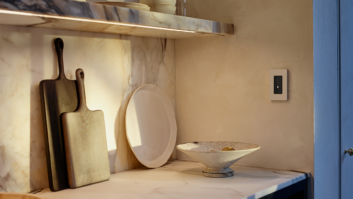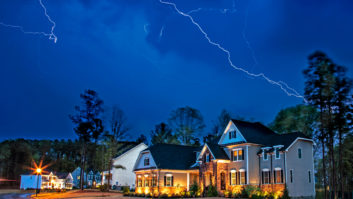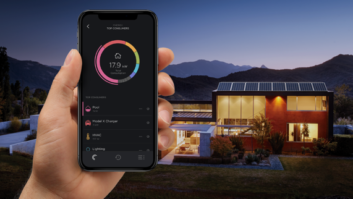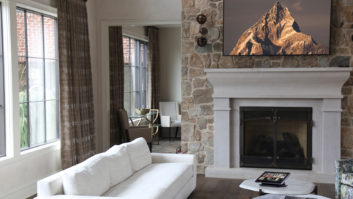Most of us share a common childhood experience: being fussed at for leaving the lights on. And who can blame our parents? Up until the last decade or so, most lighting was of the incandescent variety, consuming as much as 60 to 100 watts per bulb. These days, thanks to vastly more efficient light emitting diodes (LEDs), we now enjoy the same amounts of light while consuming just a fraction of the energy. Around 90 percent of light sources sold are of the LED variety, consuming on average about 10 watts. But that’s no reason to stop turning them off. In fact, efforts to reduce energy usage are more imperative than ever — even more than when it cost our parents an extra $20 per month to leave the lights on.
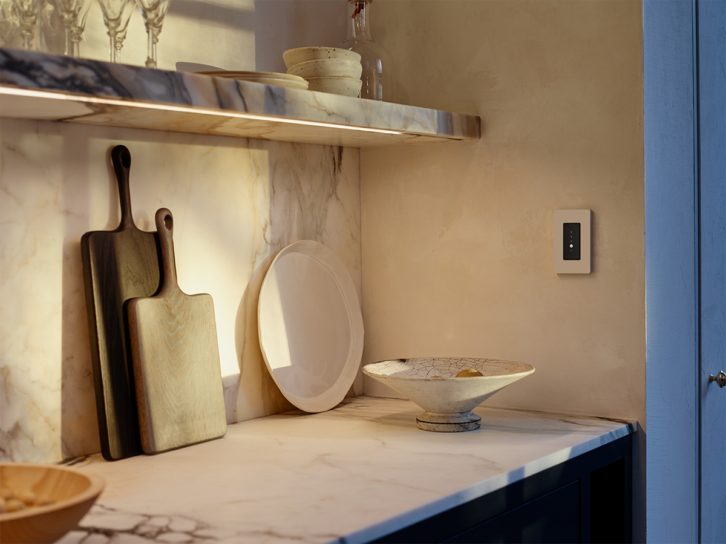
With the nationwide average for electricity clocking in at around 10 cents per kilowatt hour (kWh), today the cost savings for turning LED lights off for five minutes here and ten minutes there might equate to nickels for an individual household, but from a cumulative perspective the impacts are massive, equaling as much as one to two degrees of global warming.
Electricity consumption for residential lighting was around 62 billion kWh in 2020. That’s about 4 percent of total usage for the residential sector. But before you dismiss that as an insignificant portion, it’s important to note that’s 62 billion kWh with a ‘B,’ which, according to the U.S. Environmental Protection Agency’s Greenhouse Gas Equivalencies Calculator, amounts to 4,393,831 metric tons of carbon dioxide (CO2). For this reason, even a 3 percent contribution to carbon emissions from residential lighting equates to several degrees of global warming. Meanwhile, if you ask experts who work on the challenge of climate change, anything approaching a 1 percent reduction in total emissions is considered an all-out game changer.
Related: How to Work With Orro
At the same time, with more efficient LEDs, we have now reached an apex where carving out additional efficiency from lighting requires serious attention. And this begs the question: Is it fair to ask people to micromanage their way to even greater efficiency? With the availability and affordability of technology, there are better and more efficient ways to get there, including homes that think with us and for us — augmenting our decisions, rather than requiring our attention.
Economists Hunt Allcott and Sendhil Mullainathan wrote in a 2010 edition of the journal Science that engineers and policy experts needed to confront “a more complex, less idealized, view” of energy choices. (Which is a fancy way of saying we must reach farther and go out of our way in making decisions.) To do so, researchers would need to engage with social sciences, they suggested, including psychology and sociology. Other experts suggest that behavioral sciences can advance conservation by systematically identifying barriers and how to overcome those obstacles. But the fact is today’s technologies are capable of doing much of the heavy lifting for us by gathering data and providing personalized analysis of usage on a home-by-home and room-by-room basis.
To reach the highest levels of efficiency, LEDs should be combined with automated controls — controls that do more than just sense motion but detect and identify human presence to analyze habits and apply artificial intelligence to decisions about lighting. In this way, intelligent control systems can provide exactly the right amount of light right when in it’s needed, and only for the exact amount of time necessary. That’s a far cry from asking people to micromanage their light switches.
As humans, we don’t have enough drive to make those next steps on our own, because it takes a lot of effort. But with today’s technological advancements we don’t have to sacrifice any creature comforts. By not only “looking” for movement via infrared sensors, but “listening” for sound, intelligent controls can anticipate exactly when you enter — or even when you’re about to enter — a room, proactively engaging lights. And by measuring ambient light and gathering data for our lighting preferences, the same systems can ensure we have exactly the amount of light we want and need — no more and no less. In this way, lighting becomes an intelligent part of our surroundings, while doing the work for us to carve out maximum energy savings. Meanwhile, by tying intelligent lighting controls in with other smart home products, those same technologies can inform other systems for additional benefits.
Can we reach the ultimate level of lighting efficiency to prevent one to two degrees of further global warming? Absolutely we can. With Orro, we’ve seen users carve out as much as 80 percent reductions in lamp hours. And they aren’t walking into dimly lit rooms or fussing about lights.
